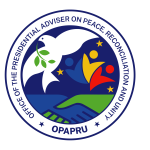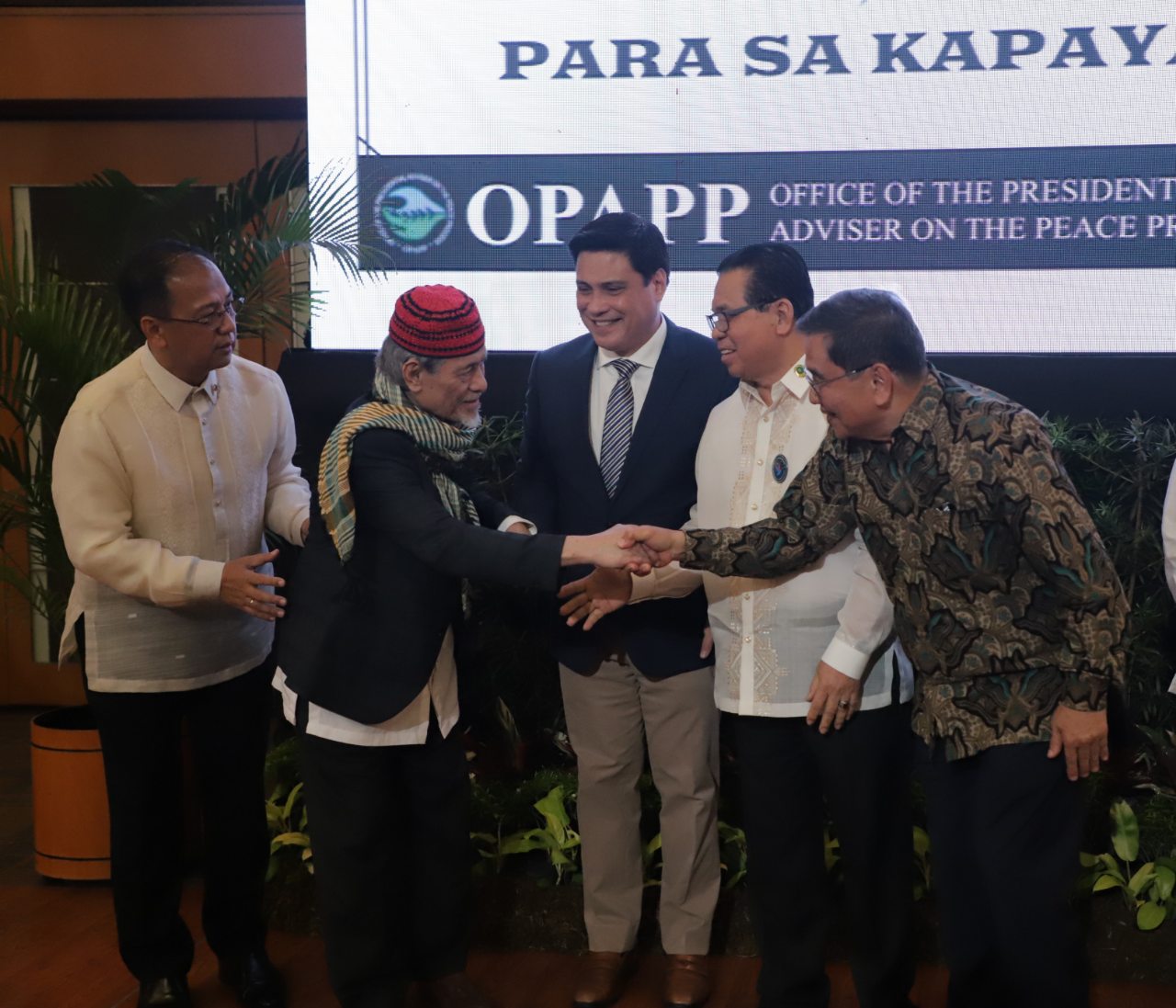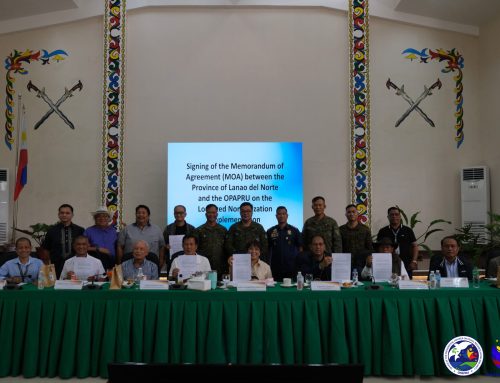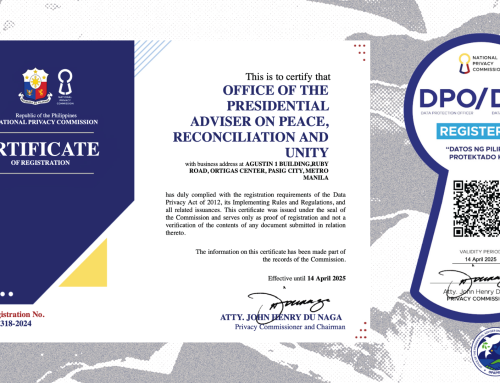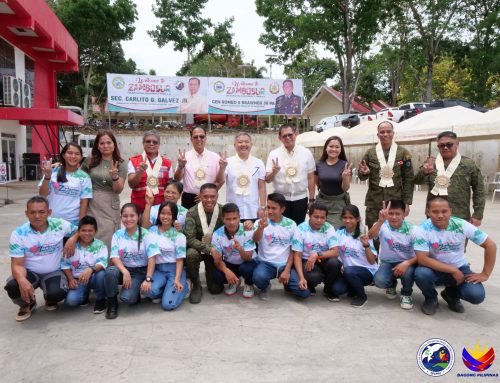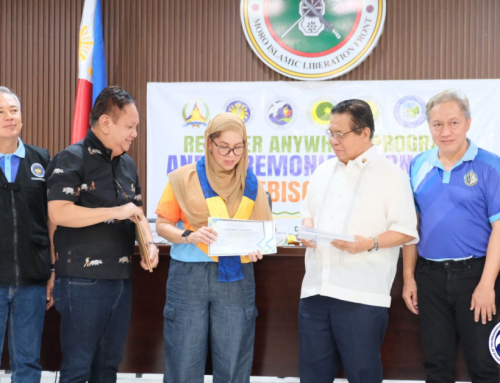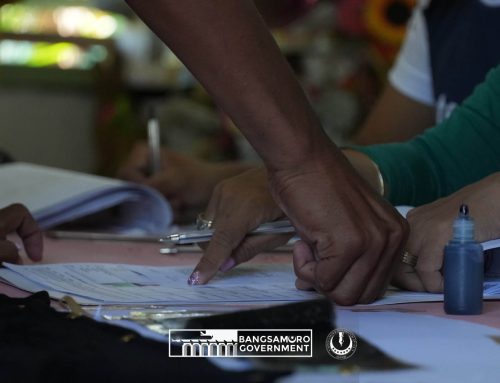METRO MANILA, (22 July 2020) — The Duterte administration’s steadfast commitment to honor all signed peace agreements with internal armed groups across the country has led to the transformation of around 15,000 former combatants into peaceful and productive citizens.
This was highlighted by Defense Secretary Delfin Lorenzana during the pre-State of the Nation Address (SONA) forum held on Wednesday featuring the Security, Justice, and Peace Cabinet Cluster (SJPCC) .
“We are honoring our signed peace agreements with the other internal armed conflict groups such as the MILF (Moro Islamic Liberation Front), MNLF (Moro National Liberation Front), KAPATIRAN and CBA-CPLA (Cordillera Bodong Administration-Cordillera People’s Liberation Army), and through various peace forums, these former combatants and their families have become peaceful and productive citizens,” said Lorenzana, who is also the chairperson of the SJPCC.
Sustaining peace with the Moro fronts
“The most successful peace initiative of the government is the passage of the Bangsamoro Organic Law (BOL) that created the Bangsamoro Autonomous Region in Muslim Mindanao (BARMM),” he noted.
On January 25, 2019, the Commission on Elections (COMELEC) officially announced the ratification of the BOL which opened a new chapter in the Bangsamoro people’s quest for genuine autonomy and self-governance.
“Part of the Bangsamoro Organic Law (BOL) is the decommissioning of the MILF combatants, 30% of them have already been decommissioned and the remaining 70% will be decommissioned in the next two years,” Lorenzana said.
On September 7, 2019, 1,060 members of the MILF-Bangsamoro Islamic Armed Forces were decommissioned. By the end of 2019, 12,000 of these 40,000 ex-fighters had completed the decommissioning process.
These former combatants then underwent basic military training so they can become part of the Joint Peace and Security Teams (JPST), a peacekeeping force composed of military, police, and MILF members whose main task is to ensure peace and safety in their communities.
Moreover, the government also continued to engage the MNLF in peaceful dialogue through the groups led by Nur Misuari and Yusop Jikiri groups. This initiative is in line with efforts to complete the implementation of commitments under the 1996 Final Peace Agreement between the government and the MNLF.
“The President wants a comfortable life for all Filipinos and an equitable share of the fruits of our development. We will continue to do our best to ensure that our agreement in 1996 will be fully honored,” said Presidential Peace Adviser Carlito G. Galvez Jr. during a meeting with Misuari earlier this year.
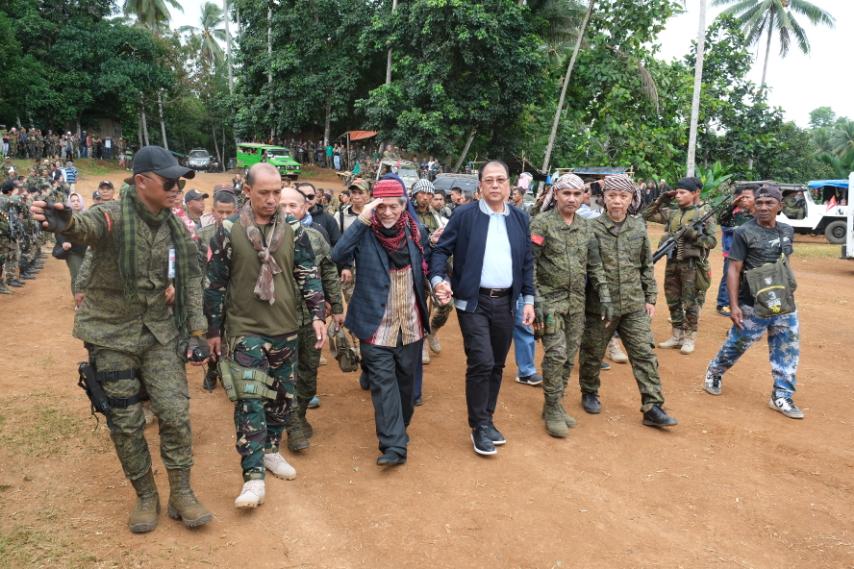
Rejecting armed revolution
As the Moro people fought for the right to govern themselves and chart their region’s political and economic future, there were also other groups which proved that armed revolution was not the solution to the challenges they were facing.
This was the story of the Rebolusyonaryong Partido Manggagawa-Pilipinas/Revolutionary Proletarian Army/Alex Boncayao Brigade-Tabara Paduano Group, a rejectionist group of the Communist Party of the Philippines-New People’s Army-National Democratic Front (CPP-NPA-NDF).
After signing a peace deal with the Philippine Government, the organization, now known as the KAPATIRAN, continued to sustain the gains of peace. On September 19, 2019, 727 of its members underwent the process of decommissioning.
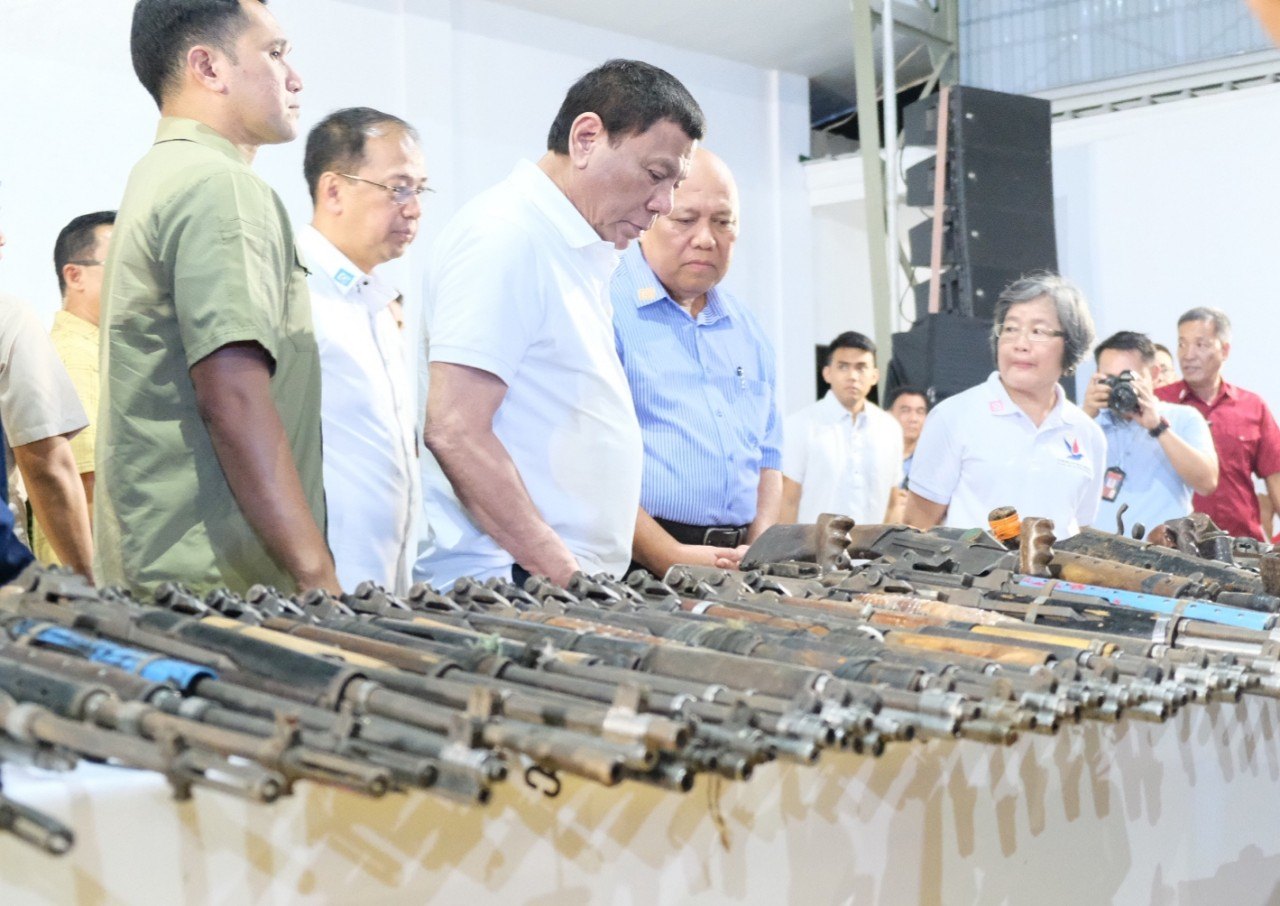
Of the 727 KAPATIRAN members, around 266 of them have undergone basic military training. They are now all members of their respective Community Defense Units (CDUs) in Negros and Panay islands.
Another success story is that of the Cordillera Bodong Administration-Cordillera People’s Liberation Army (CBA-CPLA). Like the KAPATIRAN, the CBA-CPLA turned its back on armed struggle and signed the Mt. Data Sipat Peace Agreement with the government in 1986.
Since the signing of the agreement, members of the CBA-CPLA have either been reintegrated into the Armed Forces of the Philippines, employed as forest guards by the Department of Environment and Natural Resources, or organized their own people’s organizations.
In a bid to complete the remaining commitments under the Sipat agreement, the government and CBA-CPLA created the Joint Evaluation and Monitoring Committee (JEMC), which has served as an avenue to discuss and resolve key peace and security issues in the Cordillera.
According to Galvez, KAPATIRAN and the CBA-CPLA demonstrate that “good things come to those who choose the path of peace and development.”
Community-driven projects
As part of the government’s “Whole-of-Nation” approach under Executive Order No. 70, it is now carrying out localized peace engagements wherein local chief executives are taking the lead in finding solutions to the decades-long communist insurgency.
“While it is true that peace engagements are nationally-driven, we should also not forget that each conflict is unique, and thus, solutions should be based on the local context,” Galvez pointed out.
“Hindi baril at bala ang solusyon para wakasan ang mga armadong grupong lumalaban sa pamahalaan kundi mabigyan sila nang pagkakataong mag-bagong buhay at mabuhay ng tahimik kapiling ng kanilang mga pamilya,” Lorenzana stressed during the pre-SONA forum.
To lay the foundations of genuine peace and sustainable development, the Office of the Presidential Adviser on the Peace Process (OPAPP) is implementing community-driven projects through the PAyapa at MAsaganang PamayaNAn (PAMANA) Program.

As of 2019, 11,898 of 13,530 PAMANA projects have been completed, which has opened up various livelihood opportunities for thousands of residents in remote, conflict-affected areas throughout the country.
Aside from the PAMANA Program, rebel returnees may also avail of the Enhanced Comprehensive Local Integration Program (E-CLIP), another livelihood initiative being administered by the Department of Interior and Local Government.
Healing and reconciliation
The Duterte administration believes that the pursuit of just and lasting peace does not end with the signing of peace agreements. There must also be healing and reconciliation among the people which is a longer and more complex process.
“In Marawi City, our social healing and peacebuilding programs are being implemented to promote social cohesion and develop a culture of peace, mutual understanding and solidarity,” Lorenzana said.
Promoting healing and reconciliation should not only be done in Marawi City, but in all conflict-affected and vulnerable communities across the country. This is the rationale behind OPAPP’S Social Healing and Peacebuilding (SHaPE) Program.
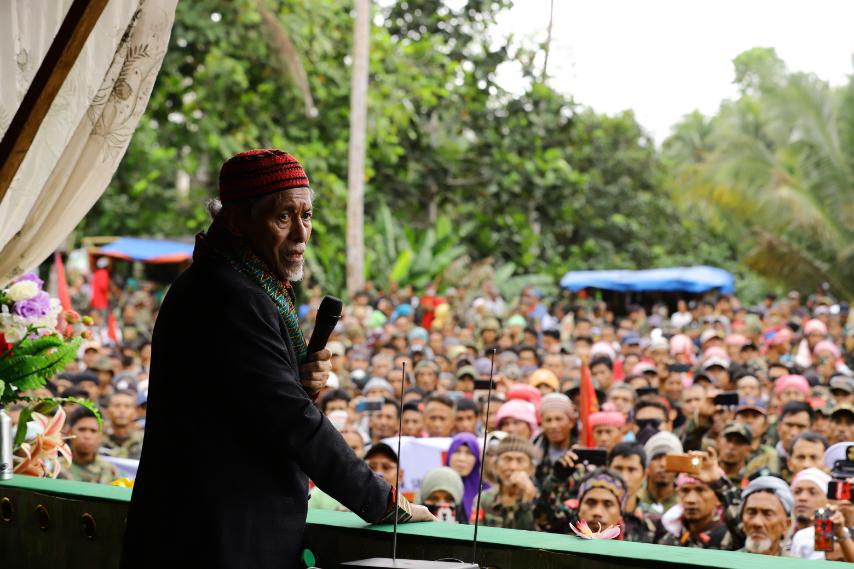
“It takes time to heal and recover from the pain and trauma caused by war. Filipinos should, therefore, come together and work hand in hand so that we can break down the barriers of fear, hatred and discord,” Galvez said.
“By honoring all our signed peace agreements and integrating the principles of social healing and reconciliation in all our interventions, we shall be able to promote the culture of peace, understanding and solidarity among our people,” he said. ###

